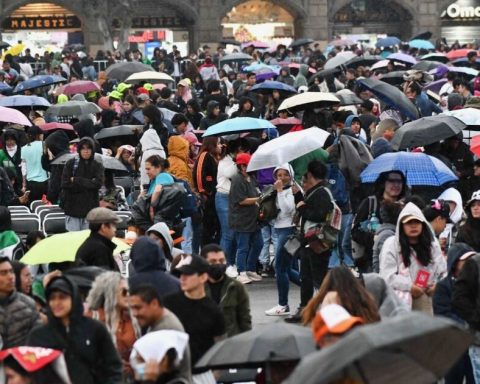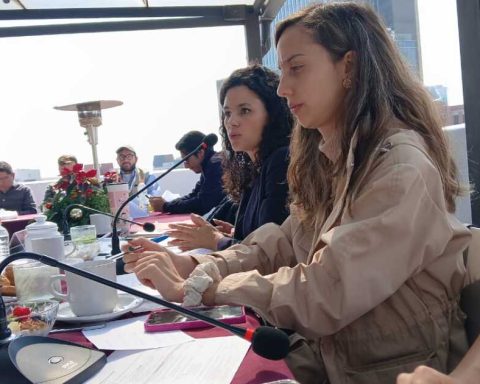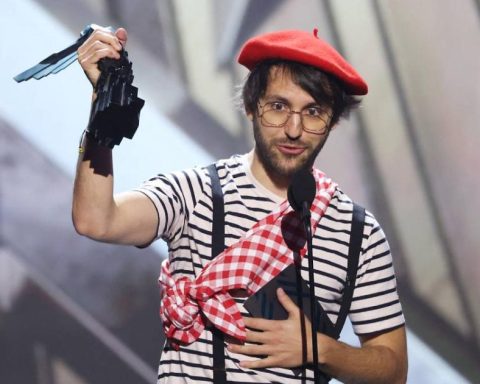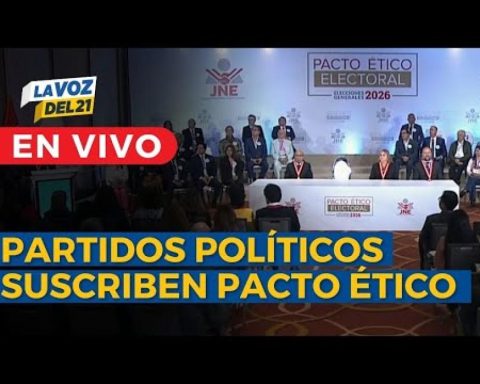A
At the beginning of the 1970s, without remembering the exact date, a young friend told me that it was no longer possible to tolerate the terror that was being exercised against the Mexican people and that against this evil it was necessary to respond with weapons. Several days later her mother came to my house, since the girl had disappeared and I had no idea where she was. I also did not know her whereabouts. Later I found out that this girl had become a guerrilla and she had been shot by the Army in the southeast of Mexico.
Terror as the predominant policy in a State is generally conjunctural, although it can be long-lasting, as in several European countries occupied by Nazi troops. However, power cannot be solidified if one sits on bayonets, as the Marquis de Mirabeau used to say. In the 20th century there have been dinosaur states, such as those headed by the dictators Leónidas Trujillo or Anastasio Somoza, who constantly used violence against their own peoples. There were also modernizing despots, like those who led tyrannies in the Southern Cone with the aim of annihilating popular movements and exterminating many social fighters.
However, a State urgently requires the consent of its governed and, if possible, their enthusiastic adherence; otherwise, the foundations of his power will be very fragile; In Mexico, during the 1960s, there were popular movements that severely challenged the prevailing authoritarian regime and among those movements the one that had the highest point was the student movement of 1968, brutally attacked on October 2 of that year. We must not forget the struggles of teachers and doctors, as well as the guerrilla uprisings in various parts of the Republic.
Luis Echeverría Álvarez (LEA) became president in 1970. At the beginning of that decade, a group of intellectuals proclaimed: Echeverría or fascism
. For them, if the government continued with the repressive practices of the Gustavo Díaz Ordaz administration, the nation would fall into the abyss of fascism and for this reason it was necessary to support the LEA, which immediately presented itself as the legitimate heir of the Juarista spirit and of Lázaro Cardenas.
One of the most effective maneuvers of the LEA was precisely to seduce famous intellectuals and also to foster an ephebocracy in order to obtain youth support for his government, remembering that both the ideological promoters and the youth had been determined opponents of the genocidal Díaz Ordaz; a substantial goal of echeverrismo consisted in the neutralization and domestication of the left, by presenting itself as a magnificent champion of popular struggles, not only in Mexico, but in various parts of the world. With typical trickery of his, he sowed confusion and caused multitudes of cracks among the groups of advanced fighters.
What Echeverrism did not combat was the same thing that had caused great popular discontent in many previous decades. In the country, economic exploitation and political and cultural oppression had become prominent, representative democracy was conspicuous by its absence, and national underdevelopment was increasingly pronounced. During the time of LEA, the honeymoon with the big businessmen reached its peak in many moments, despite notorious conflicts that the president had with tycoons such as those who dominated the Monterrey economy.
The LEA pushed for a more equitable redistribution of income and in foreign policy showed itself to be an ally of socialist President Salvador Allende and often showed sympathy for the Cuban revolution. I remember that the government had the good sense to shelter many Chilean exiles who promoted education and national cultures, but I have also not forgotten that several comrades in the Chilean cause and I asked the Secretary of the Interior, Mario Moya Palencia, not only Chileans were granted asylum, but rather members of other nationalities who were in Pablo Neruda’s homeland when the 1973 coup. The petitions were not accepted.
Those who really advocated the resolution of the great national problems were repressed and for this reason the war dirty, an open combat with a genocidal vocation against a multitude of popular movements and many of their main leaders. more than proclaim Echeverría or fascism
the young people of that time proclaimed Echeverría and latent fascism
. The members of leftist groups were constantly harassed, watched and on many occasions threatened with death.
LEA undoubtedly tried to achieve various support bases in sectors of the Mexican people and partially succeeded, but, in the end, the darkest aspects of its management had much more weight than the positive ones. LEA was the populist wolf disguised as a grandmother who tried to deceive Little Red Riding Hood, that is, Mexican society. But we are already in 2022 and the Little Red Riding Hoods are much more clever and politicized; historical experience has instilled a greater maturity in the inhabitants of this long-suffering country, although there is still a long way to go to establish a true democracy where the main decision-making is in common use among the vast majority of Mexicans, both those who are in the national territory as well as those outside of it, mainly those in the United States. As Luis Hernández Navarro points out ( the day7/12/22), LEA goes down in history not for what it appeared to be, but for what it actually did.















